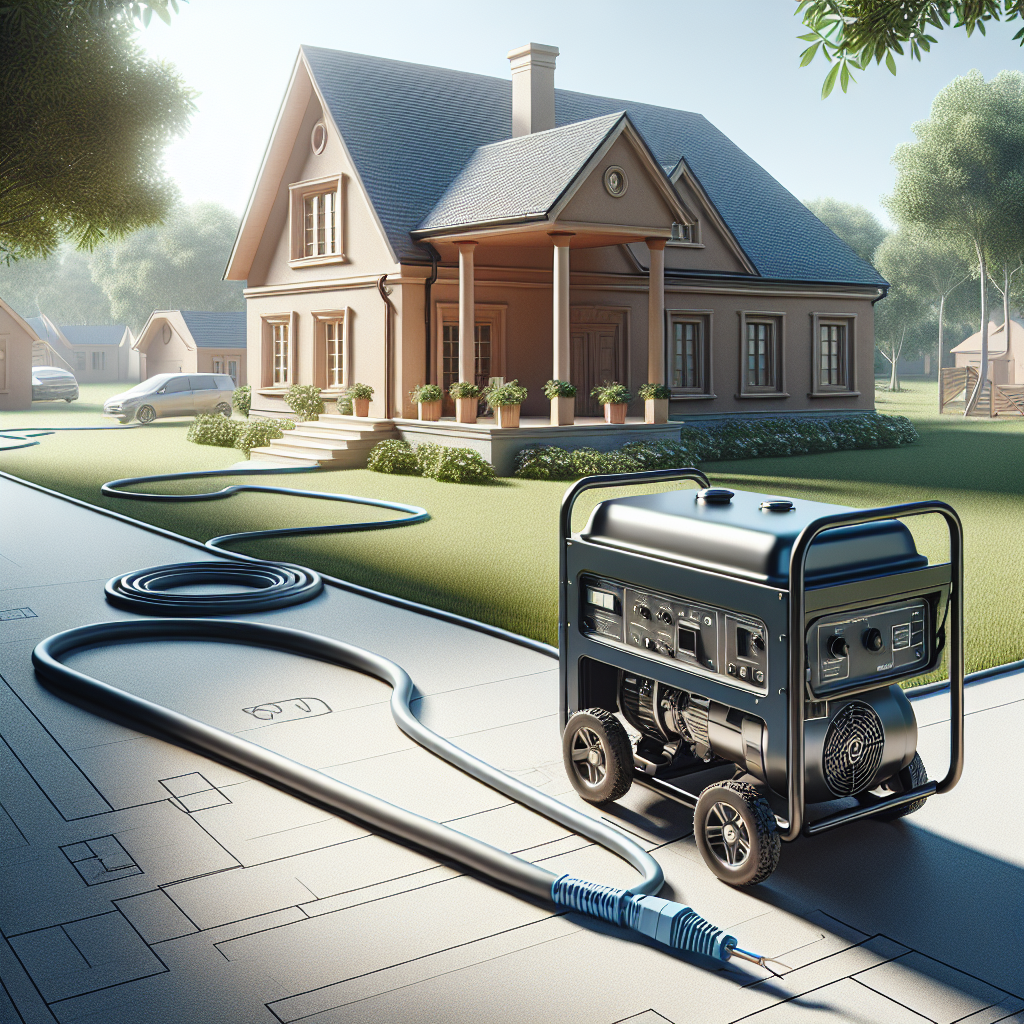Should Portable Generators Be Grounded?
It is generally recommended to ground portable generators to reduce the risk of electrical shock and to protect the generator and other electrical equipment from damage. Grounding a generator involves establishing a connection between the generator and the earth, which helps to dissipate any electrical current that may build up on the generator’s frame or casing. This can help to prevent electrical shocks to anyone who touches the generator, as well as protect the generator and other electrical equipment from damage due to electrical surges.
The Importance of Grounding Portable Generators
Portable generators can be a useful tool in a variety of situations, providing a reliable source of electricity during outages or serving as a portable power supply for outdoor events and construction sites. However, it is important to ensure that portable generators are properly grounded to reduce the risk of electrical shock and protect the generator and other electrical equipment from damage. In this article, we will explain the importance of grounding portable generators and provide a step-by-step guide on how to properly ground a generator.
Why Ground Portable Generators?
Grounding a portable generator involves establishing a connection between the generator and the earth, which helps to dissipate any electrical current that may build up on the generator’s frame or casing. There are several benefits to grounding a portable generator:
- Electrical shock prevention: Grounding a generator can help to prevent electrical shocks to anyone who touches the generator. This is especially important when operating the generator in wet or damp conditions, as water can increase the risk of electrical shocks.
- Generator protection: Grounding a generator can also help to protect the generator itself from damage due to electrical surges. When a surge occurs, the electrical current can be directed through the grounding wire and into the earth, rather than through the generator’s components.
- Equipment protection: In addition to protecting the generator, grounding a generator can also help to protect other electrical equipment that is connected to the generator. This can include appliances, power tools, and other devices.
How to Ground a Portable Generator
Grounding a portable generator is a relatively simple process, but it is important to follow the manufacturer’s instructions and take all necessary safety precautions. Here are the steps for grounding a portable generator:
- Choose a suitable location: Choose a location for the generator that is at least 15 feet away from any buildings, windows, or doors. Avoid placing the generator in standing water or on wet ground, and make sure that there is adequate ventilation to prevent overheating.
- Drive the grounding rod into the ground: Use a grounding rod and a hammer to drive the rod into the ground to a depth of at least 6 feet. The grounding rod should be made of copper, galvanized steel, or other corrosion-resistant material.
- Attach the grounding wire to the grounding rod: Use a grounding clamp to attach the grounding wire to the grounding rod. The grounding wire should be made of copper or other corrosion-resistant material and should be at least 6 feet in length.
- Attach the other end of the grounding wire to the generator: Connect the other end of the grounding wire to a ground terminal on the generator. The ground terminal is typically located near the power outlets on the generator.
- Test the grounding connection: Use a multimeter or continuity tester to verify that the grounding connection is secure. The tester should indicate a low resistance reading, which indicates that the connection is properly grounded.
Conclusion
Grounding a portable generator is an important safety measure that can help to prevent electrical shocks and protect the generator and other electrical equipment from damage. By following the manufacturer’s instructions and taking all necessary precautions, you can safely ground a portable generator and use it with confidence. Remember to always follow proper safety procedures when operating a portable generator, and never touch the generator with wet hands or while standing in water.



